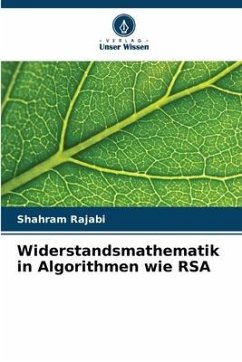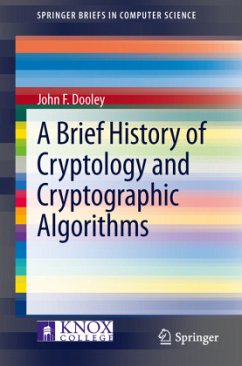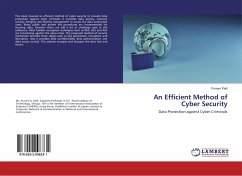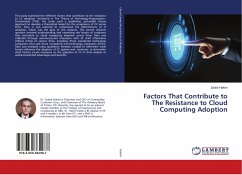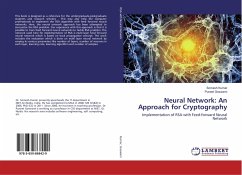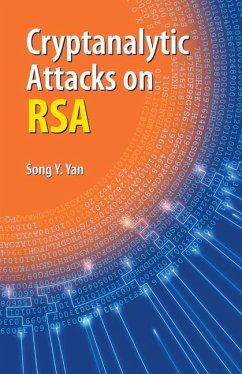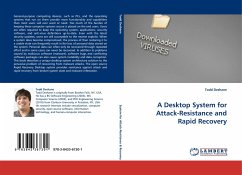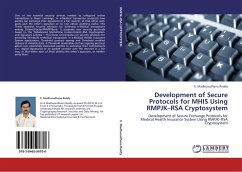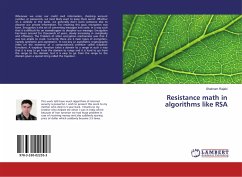
Resistance math in algorithms like RSA
Versandkostenfrei!
Versandfertig in 6-10 Tagen
24,99 €
inkl. MwSt.

PAYBACK Punkte
12 °P sammeln!
Whenever we enter our credit card information, checking account number, or passwords, we most likely want to keep them secret. Whether it's a website or the bank, we generally don't want someone else to discover our private information. For reaching this goal, encryption was born. Encryption is the art of converting messages into code, in a way such that it is difficult for an eavesdropper to decipher our message. Encryption has been around for thousands of years, slowly increasing in complexity and efficiency. The Problem of older encryption mechanisms was that it was too simple to crack. Cur...
Whenever we enter our credit card information, checking account number, or passwords, we most likely want to keep them secret. Whether it's a website or the bank, we generally don't want someone else to discover our private information. For reaching this goal, encryption was born. Encryption is the art of converting messages into code, in a way such that it is difficult for an eavesdropper to decipher our message. Encryption has been around for thousands of years, slowly increasing in complexity and efficiency. The Problem of older encryption mechanisms was that it was too simple to crack. Currently there are 2 main types of encryption, namely symmetric and asymmetric. In two-key or asymmetric cryptography relies on the existence of a computational primitive called trapdoor functions. A trapdoor function takes a domain to a range in such a way that it is easy to go from the domain to range and it is hard to go from the range to the domain, but it is easy to go from the range to the domain given a special string called the trapdoor.



